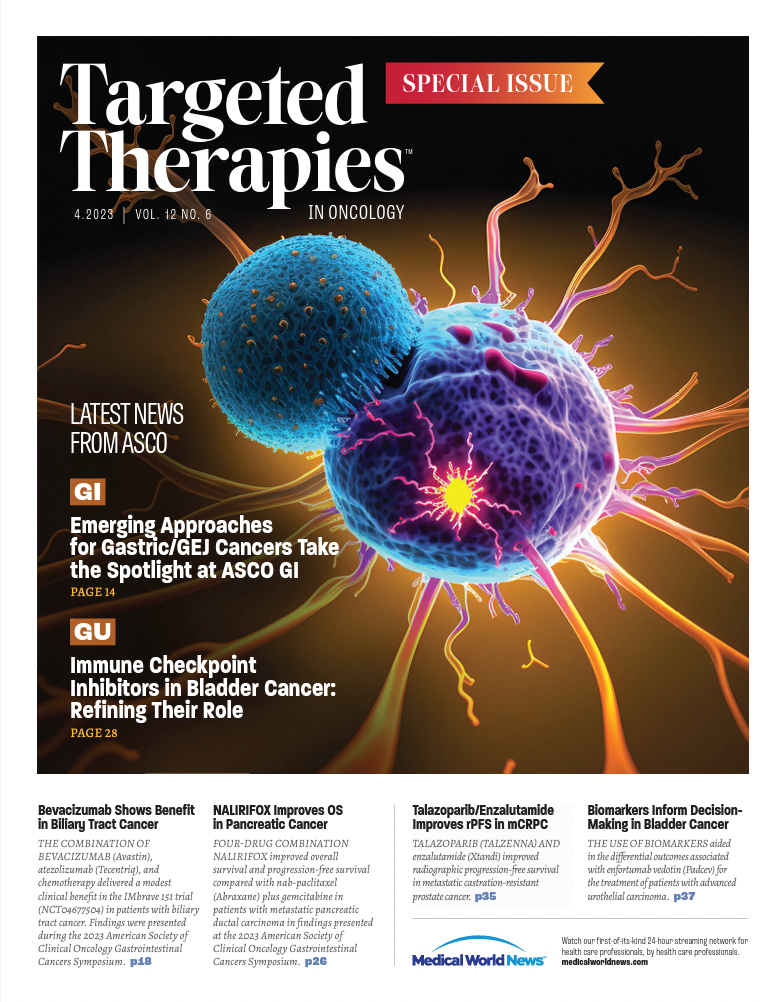Physician-Patient Relationship Adapts as Telehealth’s Reach Grows
Robert L. Ferris, MD, PhD, reflects on the status of telehealth in oncology and patient care following the COVID-19 pandemic.
Robert L. Ferris, MD, PhD

As oncology and patient care have generally returned to some type of normalcy in the months after the COVID-19 pandemic, and the pandemic turned endemic, it is worth reflecting on the status of telehealth in oncology. A number of observations in this column have focused on virtual meetings, and the shift back to in-person interactions for education, networking, and collaboration in commercial ventures, all of which are facilitated by onsite oncology meetings. However, less attention has been paid to where we are with virtual visits to the oncologist, and where this manifestation of the COVID-19 lockdowns may be going.
Recently, in my clinic, I had another manifestation of a telehealth visit, which was requested as the second opinion from a patient across the country. This was not the intent of telehealth when COVID-19 forced us to reduce in-person patient visits to limit patient exposures in the clinic waiting area and around the medical office. So, it was interesting recently to be asked to comment as a second opinion for a practice 3000 miles away, primarily because this well-off patient could far more easily obtain my opinion on the direction of his care.
In one way, it seemed to democratize patient care, because a second opinion became very easy to seek and even economical since the pandemic. Previously, the patient would have to navigate flights, arrange hotel accommodations, and navigate a completely different health system. One that day, however, most of the burden fell on my staff and me as he sat comfortably in his house. In between my usual busy clinic activities, I had to find an available computer and private room, and then discovered voluminous records had been sent, including scans that I was expected to review and compare.
During a typical in-person visit, I would have the benefit of input by one of our expert radiologists and provide the patient with a follow-up visit or phone call. Moreover, it is likely that I did not provide as cogent an opinion for this patient as if he had been sitting in front of me, allowing for discussion, comparing a scan with a physical examination, and catching up on the key questions of his care. We are seeing a shift in the delivery of patient care that may not be desired by the key players in the relationship—the patient and the doctor. At some point, we may cross a threshold with negative impact on the quality of care and the appreciation for the art of medicine and oncology.
Survivorship Care Promotes Evidence-Based Approaches for Quality of Life and Beyond
March 21st 2025Frank J. Penedo, PhD, explains the challenges of survivorship care for patients with cancer and how he implements programs to support patients’ emotional, physical, and practical needs.
Read More
